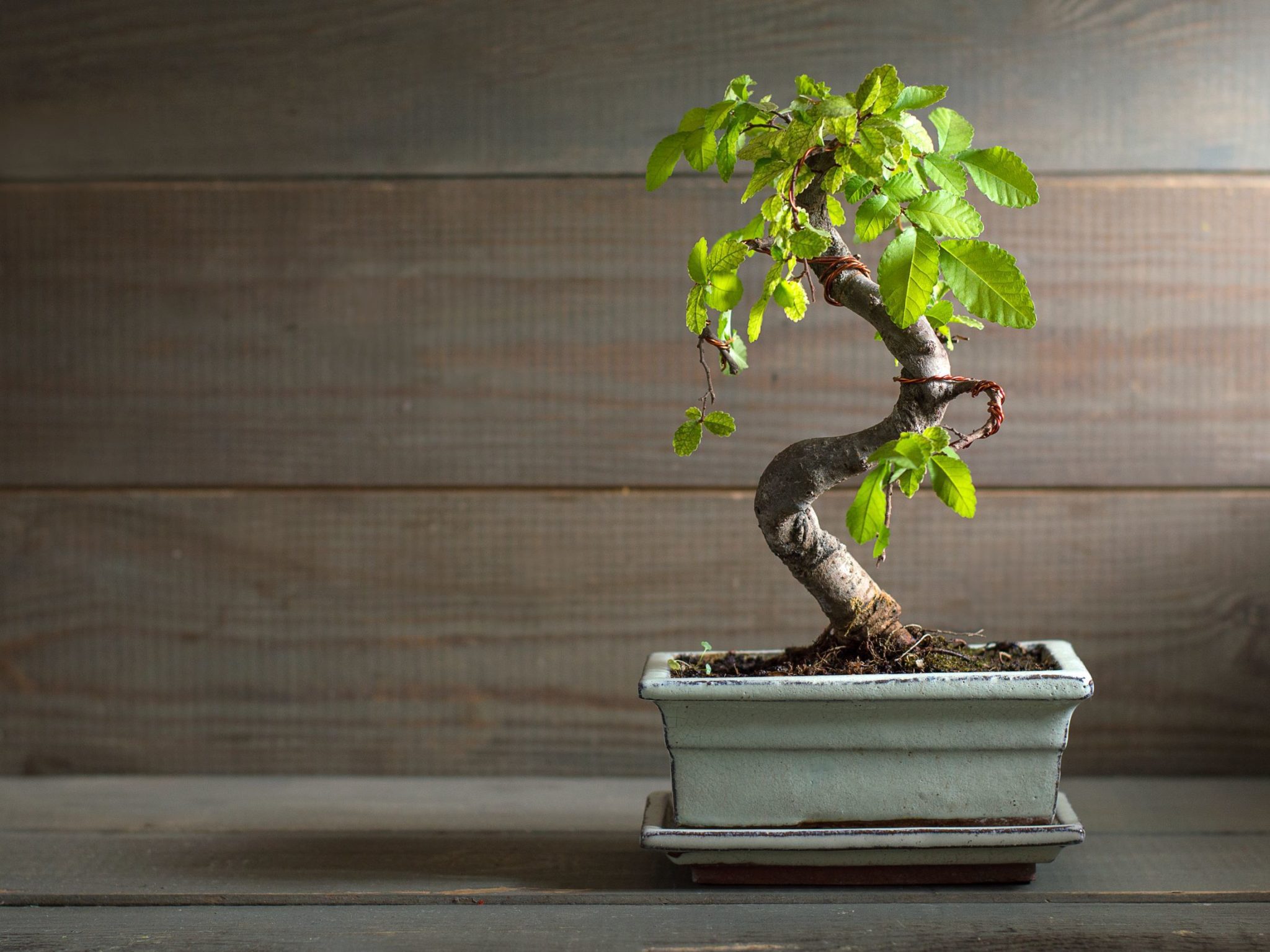Bonsai is the ancient Japanese art of growing miniature trees in containers. The practice originated in China over a thousand years ago and was later adapted by the Japanese. Bonsai trees are regular trees that are pruned and trained to remain small through a variety of techniques. With proper care, bonsai trees can live for decades or even centuries.
Growing bonsai trees is a relaxing and meditative hobby that allows you to shape living art. While some believe bonsai trees are difficult to grow there are many species well-suited for beginners. With the right tree choice proper growing conditions, and some basic maintenance, even novice gardeners can successfully grow bonsai indoors.
Good Indoor Bonsai Trees for Beginners
When choosing your first bonsai tree, look for varieties that do well indoors Some excellent options include
Chinese Elm
The Chinese elm is one of the most popular beginner bonsai trees. Native to Eastern Asia, it’s a deciduous tree that’s hardy and easy to care for. Chinese elms have small green leaves and attractive twisting trunks and branches. They can thrive in low light and tolerate being root bound, making them ideal for indoor growing.
Fukien Tea Tree
Also called Carmona, the Fukien tea tree is another great choice for indoor bonsai. It’s an evergreen tree with thick glossy leaves that produce small white flowers. The Fukien tea tree does well in low to medium light conditions. It prefers somewhat cool temperatures and humid conditions.
Hawaiian Umbrella Tree
With its tropical look, the Hawaiian umbrella tree, or Schefflera arboricola, makes a unique indoor bonsai specimen. This evergreen plant has lush dark green leaves arranged in a whorl. It’s fast growing and tolerates low humidity and inconsistent watering, though it does best with bright light.
Sweet Plum
The sweet plum tree, or Sageretia, has tiny oval green leaves and attractive peeling bark in shades of cream, orange, and brown. A hardy evergreen, it’s easy to train as a bonsai and does well in normal indoor conditions. Sweet plums produce edible fruit when mature.
Providing the Right Growing Conditions
Bonsai trees are planted in shallow containers to limit root growth and keep them miniature. To thrive indoors they need the proper environment
-
Light: Most bonsai trees grow best in bright light, near a south or west facing window. Rotate your tree periodically so all sides get light. Use supplemental lighting if natural light is low.
-
Temperature: Ideal temps are 60-75°F. Keep away from cold drafts or heating vents. Move trees outside when temperatures are warm.
-
Humidity: Many bonsai trees prefer 40-60% humidity. Set your tree on a humidity tray or use a room humidifier. Mist the leaves daily.
-
Water: Water when the soil feels dry just below the surface. Take care not to overwater, as wet soil can cause root rot.
-
Soil: Use a well-draining bonsai soil mix. Add a layer of gravel at the bottom of pots for drainage.
-
Fertilizer: Feed with a diluted liquid bonsai fertilizer every 2-4 weeks during the growing season.
Basic Bonsai Tree Care and Maintenance
Caring for your bonsai tree is an enjoyable and relaxing daily ritual. Follow these basics for a healthy plant:
-
Water thoroughly when the soil becomes partly dry. The frequency depends on factors like temperature, humidity, soil type, and species.
-
Prune back new growth using sharp scissors or shears. Pruning encourages ramification and keeps your tree small. Do major pruning in late winter.
-
Use wire and gentle bending to train branches and trunks into desired shapes. Wrap wire carefully to avoid scarring. Remove wire once set in shape.
-
Re-pot every 1-2 years in early spring, using fresh bonsai soil. Prune roots to keep root-bound. Keep the same pot size to contain growth.
-
Turn your tree periodically and brush leaves to remove dust buildup. Keep your bonsai outside for a few weeks in summer if possible.
-
Protect from pests like aphids, scale, and spider mites by spraying with horticultural oils. Apply fungicides if fungal diseases develop.
-
Consider joining a local bonsai club to learn from experienced enthusiasts. Attend shows and workshops when possible.
With the right tree choice, indoor growing conditions, and regular care, growing mini bonsai trees is an enjoyable hobby for plant lovers of all experience levels. Patience and consistency are key – allow time for your skills and your bonsai tree to develop.

Products List Sort By:
Sort By: Per Page: Display Type:
Bonsai trees for Beginners
FAQ
What is the rule of 3 in bonsai?
The basic application of the Rule of 3 in bonsai creates a primary triangular silhouette defining the tree’s structural framework. This triangle is formed by positioning the apex branch at the highest point and two major side branches at roughly one-third the tree’s total height, establishing the triangle’s vertices.
What is the best starter plant for a bonsai tree?
Ficus. Among the most popular trees for bonsai beginners, Ficus is hardy and tolerant of lower light. It’s also less meticulous about watering than other bonsai varieties. According to O’Neill, a ficus bonsai is a very robust and forgiving tree to start with.
What is the most low maintenance bonsai tree?
If you are looking for the easiest indoor Bonsai to care for, your best bet is the Dwarf jade (Portulacaria afra).
What is the golden rule of bonsai?
The Golden Rule of Bonsai is often summarized as “Patience and Observation.” Cultivating a bonsai tree is not a one-time activity but an ongoing relationship that may last decades or even a lifetime.
